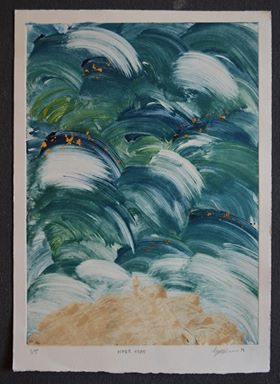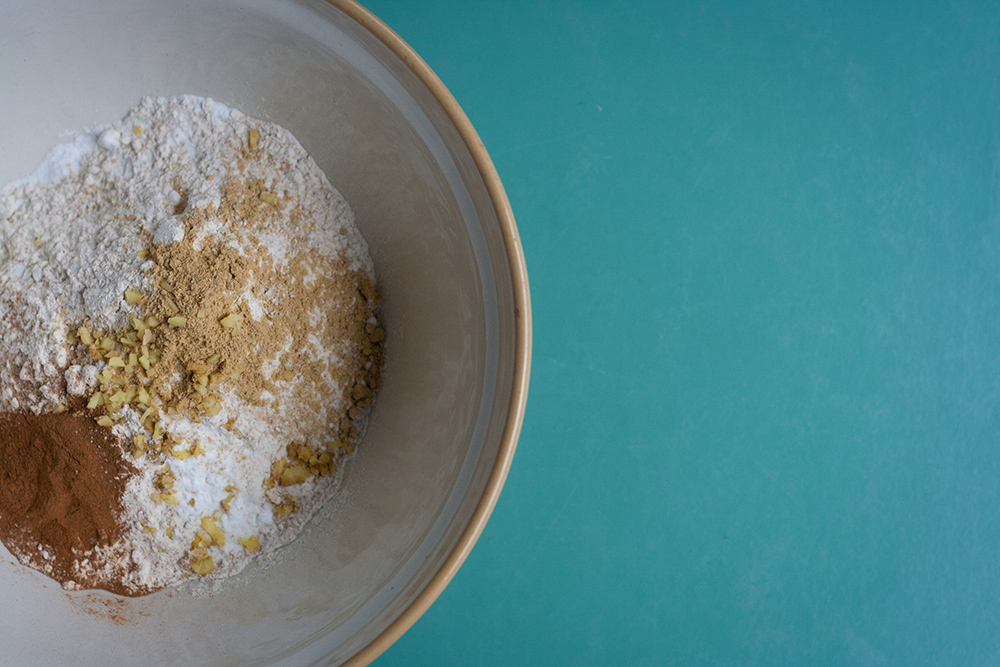And God said, ‘Let the water under the sky be gathered to one place, and let dry ground appear.’ And it was so. God called the dry ground ‘land’, and the gathered waters he called ‘seas’. And God saw that it was good.
Here God creates a habitable place where vegetation, animals and people could live. Everything was water. Everything was soaking wet. And then a dry place was created. A place of rest was created. A place where you did not have to tread water for eternity – both in the real and the metaphorical sense. But what is the difference between sea and land? – The sea is unpredictable, chaotic and can contain the power to create destructive waves that reach up to 100 feet. Sea imagery and maritime metaphors are used throughout scripture to depict chaos, destruction, turbulence, and disorder. It is ever moving, restless and dangerous. Job asks to be thrown into the sea as an act of judgement. Noah also sees the destruction of the sea on the entire human population as an act of judgement. The waters rise and judgement falls. The Israelites pass through the Red Sea safely before it crashes down on the Egyptians. Whereas (even though it is broken and often unfruitful) the land is spoken about as bearing fruit and in the context of a person’s inheritance – it is a blessing, a hoped for promise and a gift from God. It gives Adam purpose as he works the ground and grows a garden. It gives the Israelites inheritance in ‘the promised land’. It gives us hope of an eternal city; God’s kingdom; God’s land. – But there is one place where the sea is almost like land. And that is right at the end of the Bible in the book of Revelation. In chapter 4:6 we read ‘Also in front of the throne there was what looked like a sea of glass, clear as crystal.’ In contrast to the tumultuous waves, the sea of glass in front of God’s throne is tranquil and serene. It is beneath God’s throne that this chaotic symbol of judgement becomes tranquil and clear. God can quiet and control his creation and the chaos of the sea – Jesus calmed the storm and walked on the sea waters and now God has ultimately calmed the entire sea – he has defeated chaos and brought calmness. It is here that those who believe Jesus has already taken their judgement can stand before the throne of God on this sea of glass. It is here that land and sea are in harmony once more. – Now, we see the coexistence of the transient, chaotic and ever changing seas and the enduring formations of rock and land that are permanently rooted in the landscape. But one day there will be a calm permanence of both sea and land as we dwell with God forever.
Questions
1. What are the differences between sea and land?
2. What are your thoughts and feelings towards both sea and land? Does this change in the context of chaos and destruction vs inheritance and promise?
3. Where else in the Bible do you see sea imagery and maritime metaphors used to depict chaos, destruction, turbulence, and disorder?
4. What is important about the sea being turned to glass clear as crystal? How do we trace this transformation through the change in sea metaphors throughout the Bible?
5. What chaotic element of your life would you like to become like calm crystal glass?
6. What challenges and encourages you in the truth that all chaos will be stilled eternally before God’s throne? How will you dwell on this truth this week?

This work was inspired by the coexistence of the transient and enduring nature of the Cornish coastal landscape. The mono prints explore the beauty and drama of the Cornish seas and skies with their ever changing blue hues; playing with the ambiguity of whether it is sea or sky represented. The laser cuts juxtapose this freedom by presenting the striking rock formations, natural forms and iconic buildings that are permanently rooted in the landscape. This snapshot was taken whilst walking the South West Coast Path near Carne.




